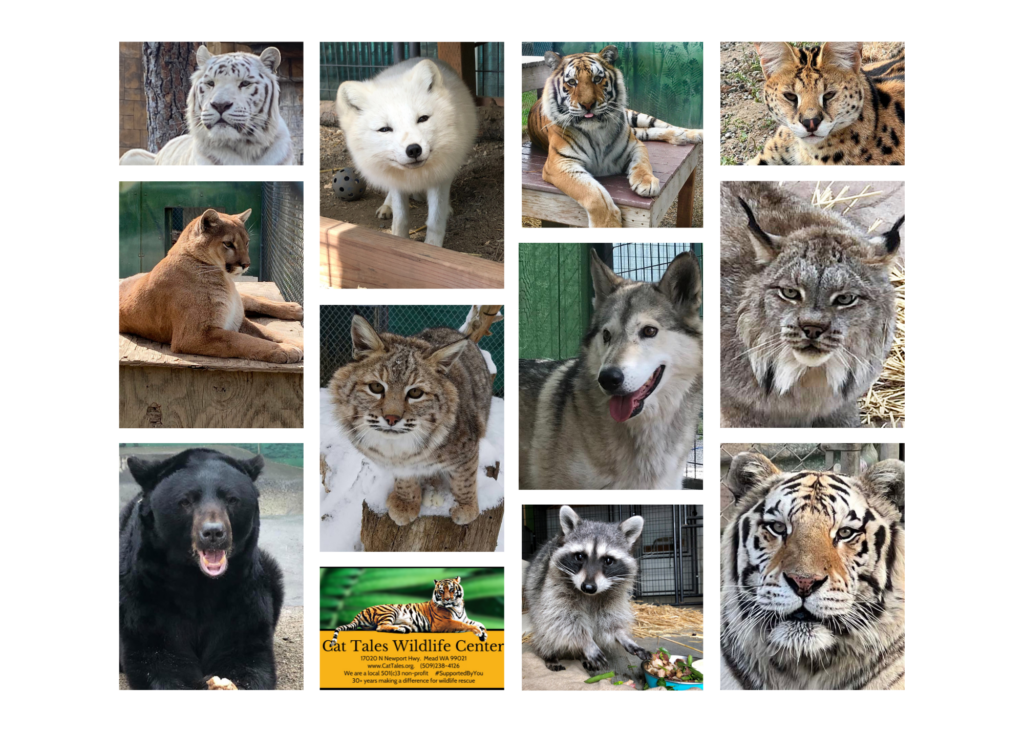
Our collection of family members changes with the seasons
We continue to provide second chance and forever homes for:
- owner relinquished and/or habituated wildlife
- older or misfit exotic animals that would be facing early euthanasia
- enforcement captured wildlife deemed non-releasable
Our most current rescued wildlife
For over 30 years we have provided safe sanctuary, shelter, nutritional diets, clean water, enrichment, veterinary care, comfort and more for over 100 cats including lions, bobcats, tigers, cougars, servals, caracals, lynx, leopards, clouded leopards, jaguars, and a liger (a hybrid offspring of a male lion and a female tiger). Coyotes, foxes, wolves, and bears have also found forever homes with us. Some animals are not on exhibit to the public but provide hands-on experience for our students enrolled in the academy.
Meet Our Animals
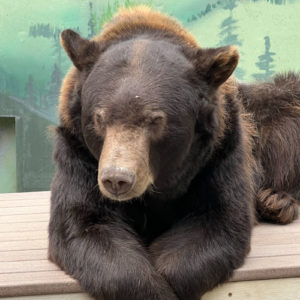
Black Bears
Black bear cubs are cute and start out little, but grow into their full wild and dangerous selves as they mature.
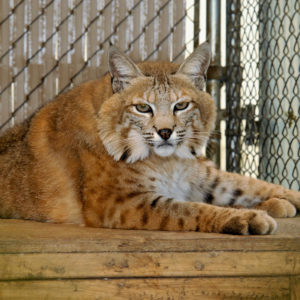
Bobcats
Bobcats do not make good pets! Bobcats are the most requested or needed rescue of all privately-owned wildcats.
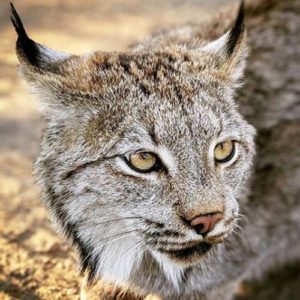
Canada Lynx
Expensive, and often times illegal, private possession of the Canada Lynx, includes a dedicated lifespan of ~20 years in captivity.
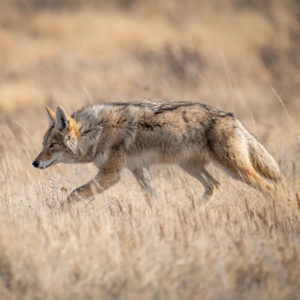
Coyotes
As ambassadors for the species, our coyotes teach advocacy for predators such as themselves.

Foxes
Cat Tales currently houses multiple species of foxes that some would classify as “misfits”.
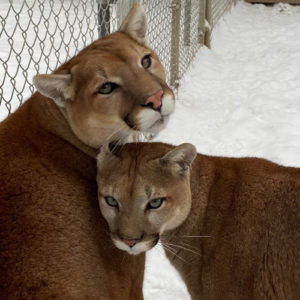
Pumas
The largest of the “purring” cats, the puma can entice you with their sweet rumble and chirps.
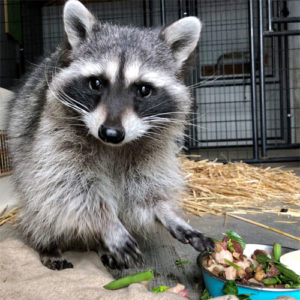
Raccoons
Animals that have been taken out of the wild into captivity are especially difficult to rehome.
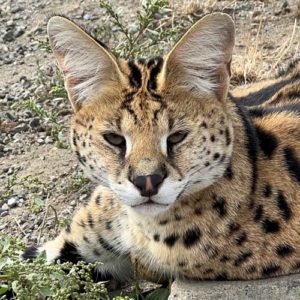
Servals
Servals and their domestic hybrid cousins do not like to be cuddled and have razor sharp teeth.
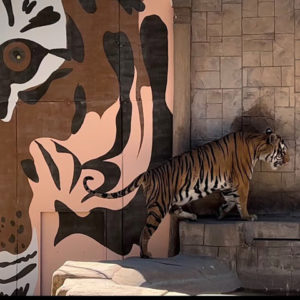
Bengal Tigers
What happens to an animal once it is no longer small, cute, profitable, or becomes dangerous?”
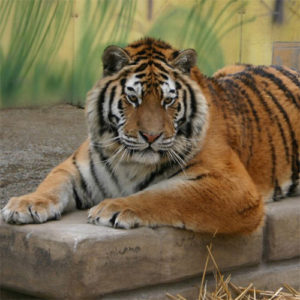
Siberian Tigers
Siberian Tigers are the largest of the cat species and are comfortable in very cold climates.
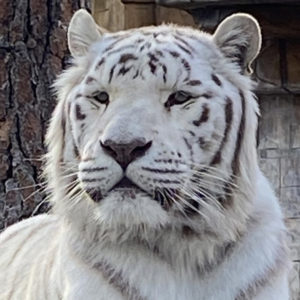
White Tigers
The White Tiger is seen as a magical or fantasy animal surrounded by many misconceptions.
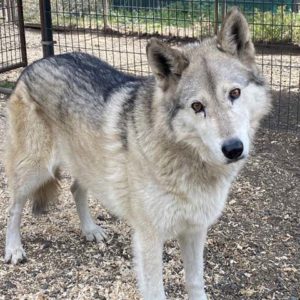
Wolfdogs
Wolfdog hybrids were originally bred for their pelts which are larger than a wolves and worth more.


